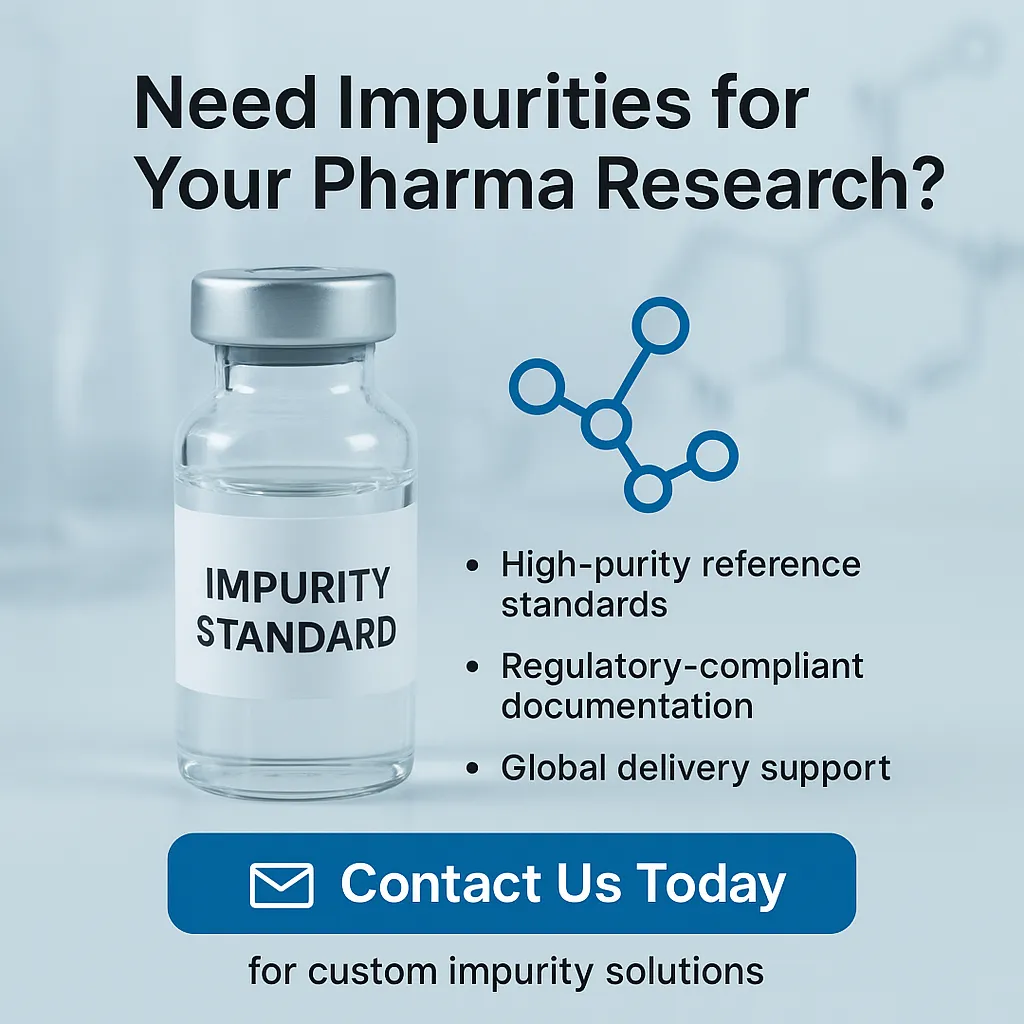Understanding the Difference Between Working Standards and Reference Standards in Pharmaceutical Testing

In the complex world of pharmaceutical analysis, standards play a vital role in ensuring data accuracy, product integrity, and regulatory compliance. The most commonly used standards are Reference and Working Standards, each serving a unique function in finished product testing and method validation.
Understanding the difference between the two helps avoid errors and ensures consistency across global pharmaceutical quality systems.
What Are Reference Standards?
Reference Standards in Pharmaceutical Analysis
Reference Standards are high-purity, authenticated materials used to assess the identity, quality, and potency of drug substances and products. These standards are often issued by official bodies like USP, EP, BP, or by reputable chemical reference standards suppliers such as Pharmaffiliates.
These standards are essential in:
- Method validation
- Instrument calibration
- Impurities characterisation
- Regulatory submissions
- Isotope-labelled reference standard applications
They are especially critical in advanced research involving nitrosamine reference materials, peptide reference standards, and custom synthesis of pharmaceutical reference standards.
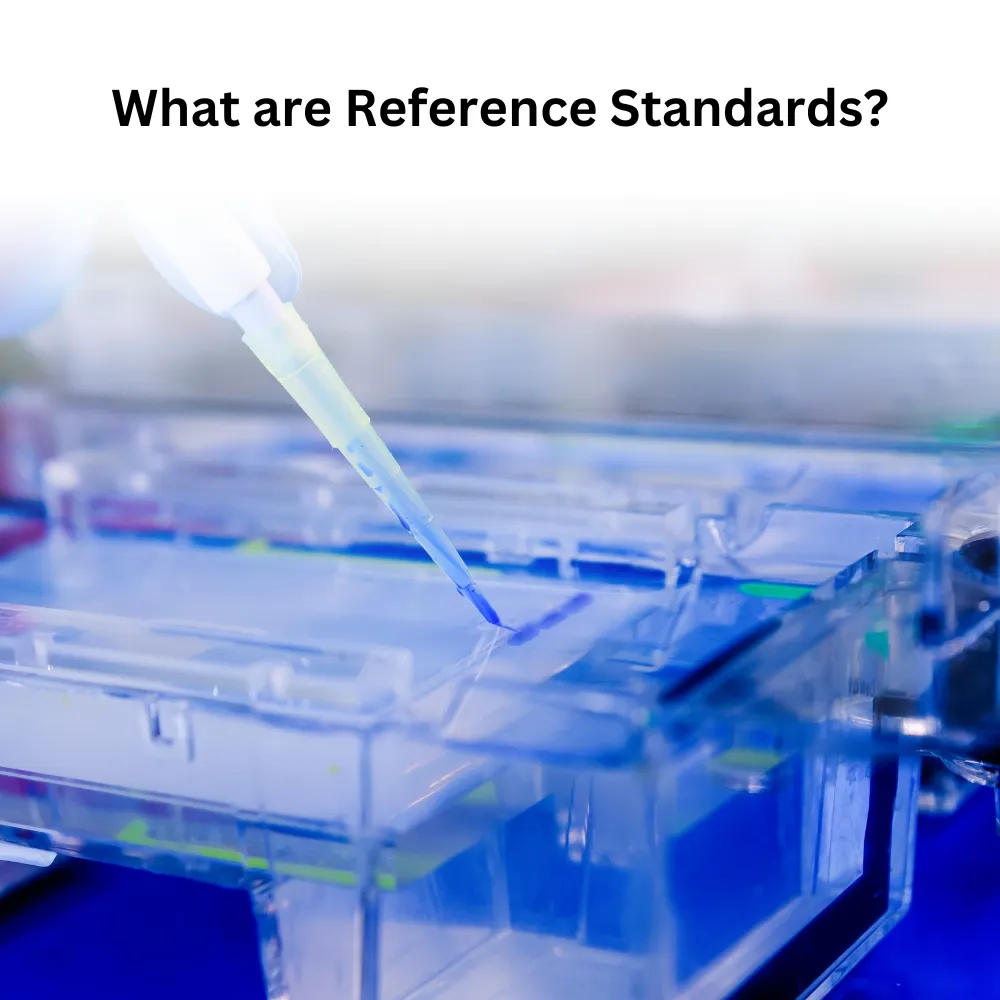
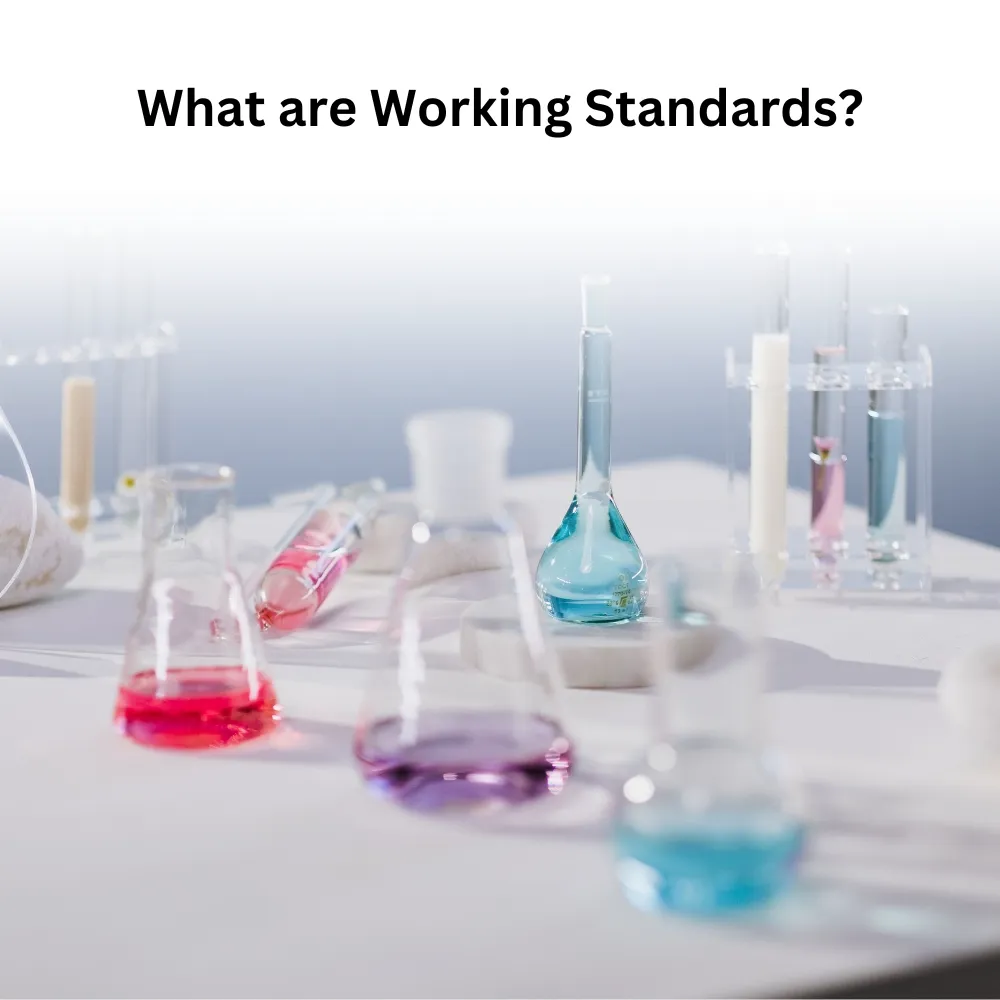
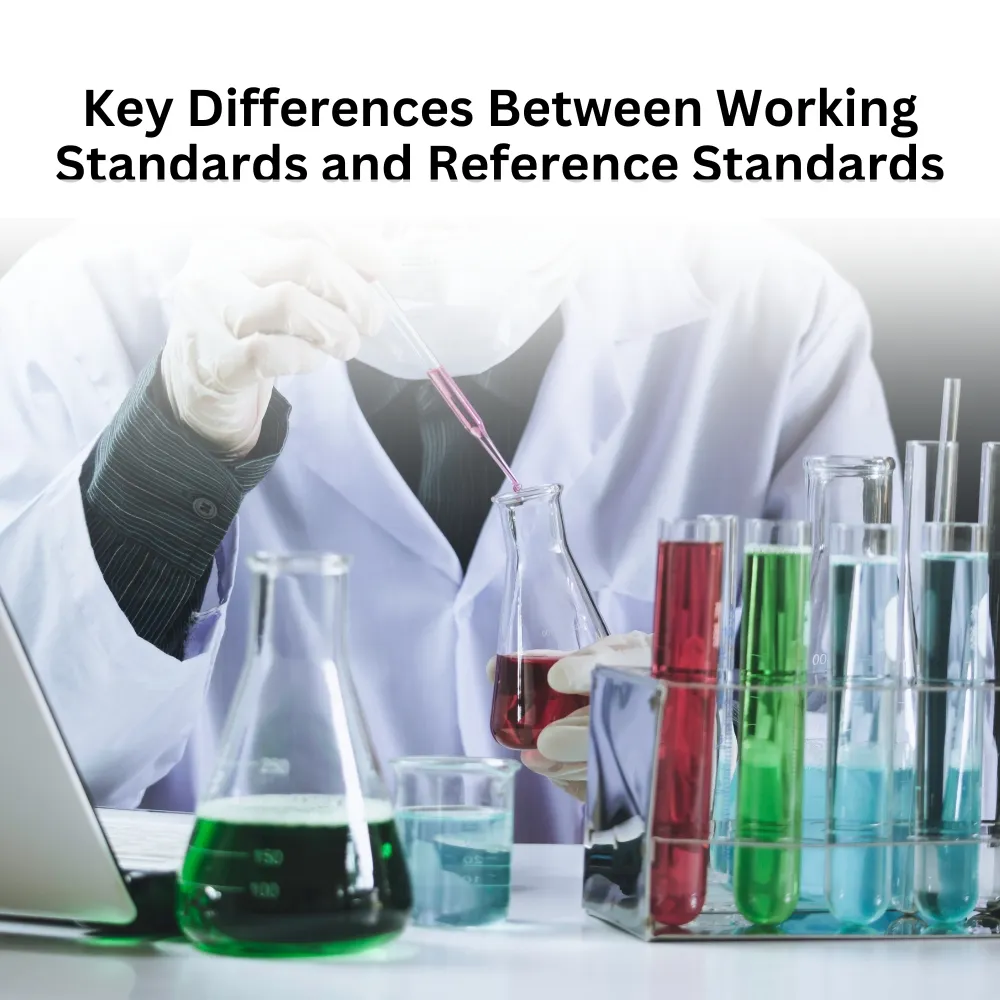
What Are Working Standards?
Working Standards are secondary standards created by qualifying a bulk material against a certified reference standard. They are commonly used for:
- Routine testing of finished products
- In-process controls
- Stability studies
Working standards are crucial for day-to-day operations and are validated in-house using well-established analytical methods, often involving ultra-chrome HPLC and GC columns.
Though not directly used in regulatory filings, working standards must meet high internal quality benchmarks and are often verified using impurity analytical standards.
Key Differences Between Working Standards and Reference Standards
|
Feature |
Reference Standard |
Working Standard |
|
Source |
Pharmacopoeial/third-party certified |
In-house qualified against reference |
|
Use |
Validation, regulatory testing |
Routine analysis, process control |
|
Examples |
Nitrosamines, peptides, isotope-labelled standards |
Bulk drug testing, in-process checks |
|
Supplier |
Impurity standards manufacturers |
In-house labs |
|
Regulatory Impact |
Submitted for audits |
Internally documented |
Both types are essential to ensure impurity reference standards and product quality meet global standards.
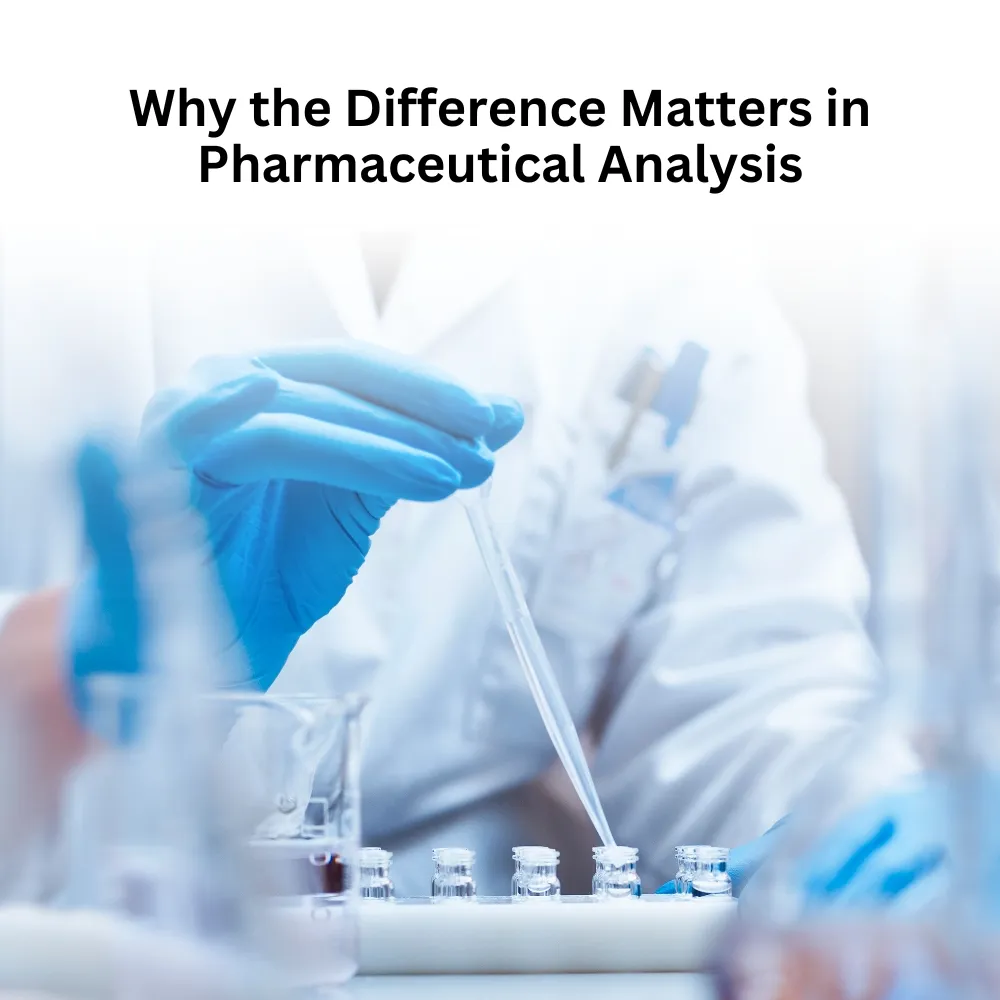
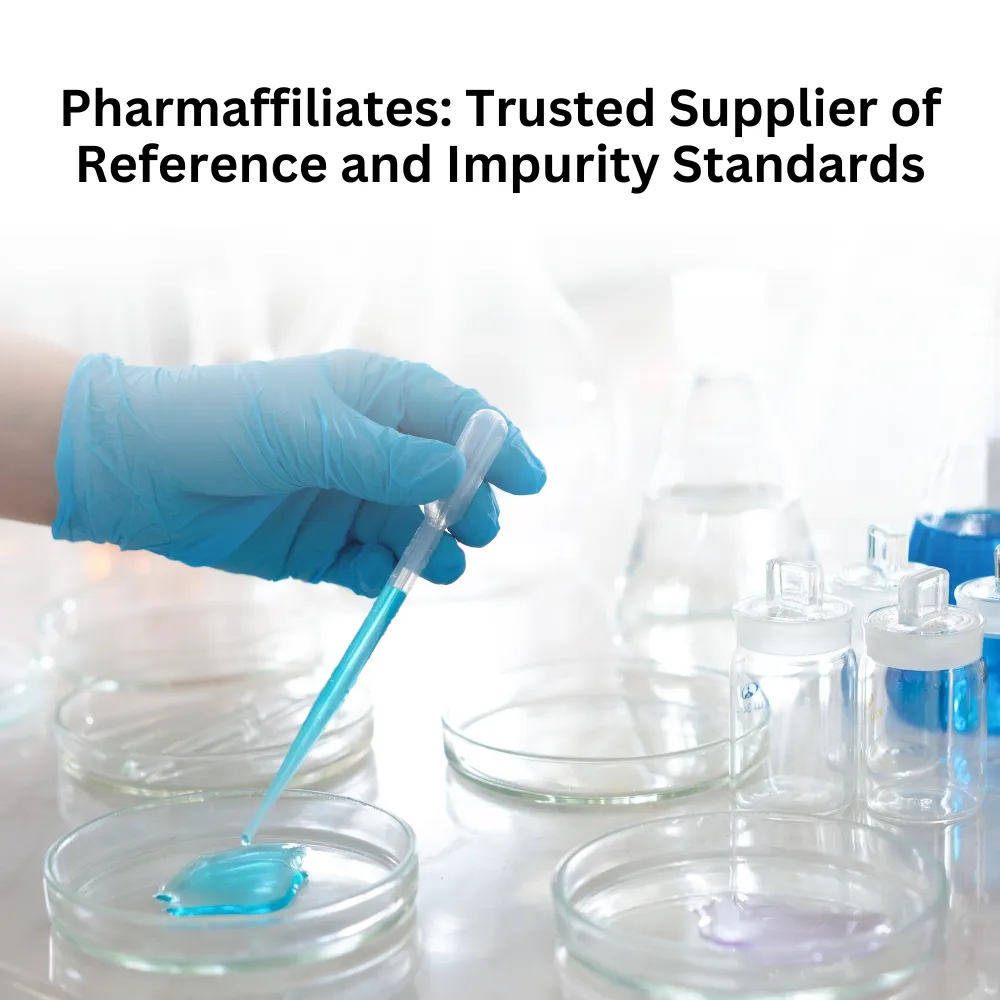
Why the Difference Matters in Pharmaceutical Analysis
Confusing working standards with reference standards can lead to non-compliance, incorrect assay results, and delays in regulatory approval. The clarity between these two is non-negotiable, especially in sensitive testing for small-molecule nitrosamines or peptide impurity standards suppliers.
Using the correct standard ensures:
- Compliance with ICH guidelines
- Valid data in case of audits
- Confidence in impurity and identity profiling
Working with the right impurity standard suppliers guarantees authenticity, traceability, and regulatory compliance.
Pharmaffiliates: Trusted Supplier of Reference and Impurity Standards
As one of the top pharma impurities suppliers in the world, Pharmaffiliates is a trusted name in the field of impurity standards providers, impurity reference materials, and custom synthesis for research and regulatory purposes.
We serve clients globally with:
- Certified impurity standards for APIs
- Exporters of impurity standards
- Impurity suppliers in India
- Agrochemical standards suppliers
- Tailored solutions for unique research products
Whether sourcing green standards suppliers or looking for niche pharmaceutical reference standards, Pharmaffiliates delivers uncompromised quality and unmatched global reach.
Explore our full range or contact us directly for tailored requirements.
Conclusion
Knowing the difference between working and reference standards is not just a technical detail but a compliance-critical decision. While reference standards are the gold standard for validation and documentation, working standards make routine testing economical and efficient.
With trusted partners like Pharmaffiliates, you get access to authentic, traceable, and globally accepted materials to support every stage of pharmaceutical development.
Need help choosing the correct standard? Get in touch with our experts today.





